What is a patent?
Patents are legal rights that are assigned to the designer or inventor of a product. They’re a type of intellectual property right that are designed to stop other individuals or companies from making, using or profiting from the design or invention for a number of years.
What types of patents are there?
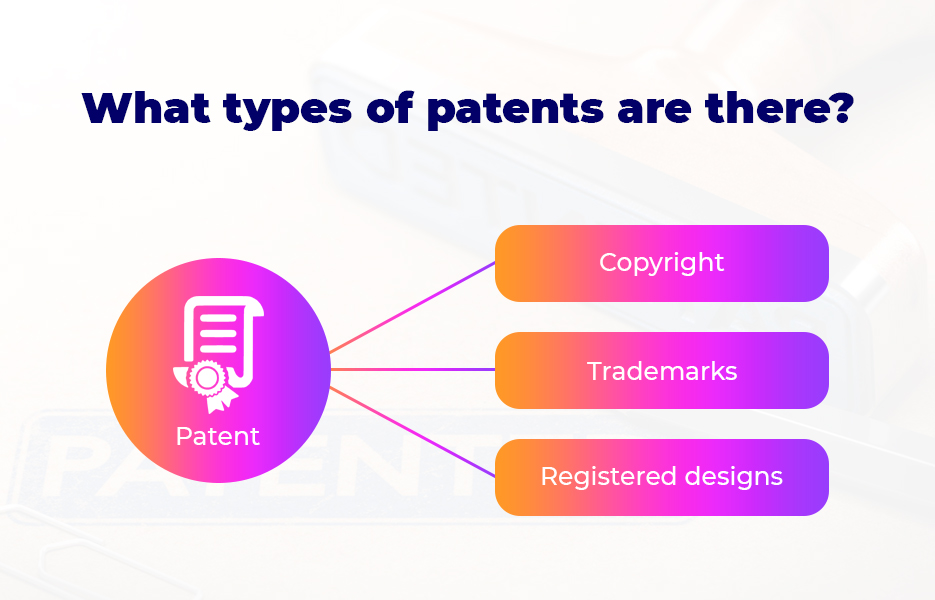
In the UK, there are four main types of intellectual property (IP). In addition to patents, there is also copyright, trademarks, and registered designs.
In the US, there are three types of patents – design patents, plant patents and utility patents. In different countries worldwide, different rules apply, but in most countries there are rigorous application processes, so you need to be sure you’ve done the relevant research and applied for the right type of intellectual property ruling.
In order to be patentable, your invention has to be completely new – that is, it has never been shown to the world before the date that the application for the patent was filed. It also has to show an invention, so that if it was shown to someone without knowledge or experience of the subject, it wouldn’t be immediately clear what the item does. Finally, your item must be able to be used in industry. It should be a type of apparatus, or a device, or be a type of process or a method of operation.
What’s the difference between patent and copyright?
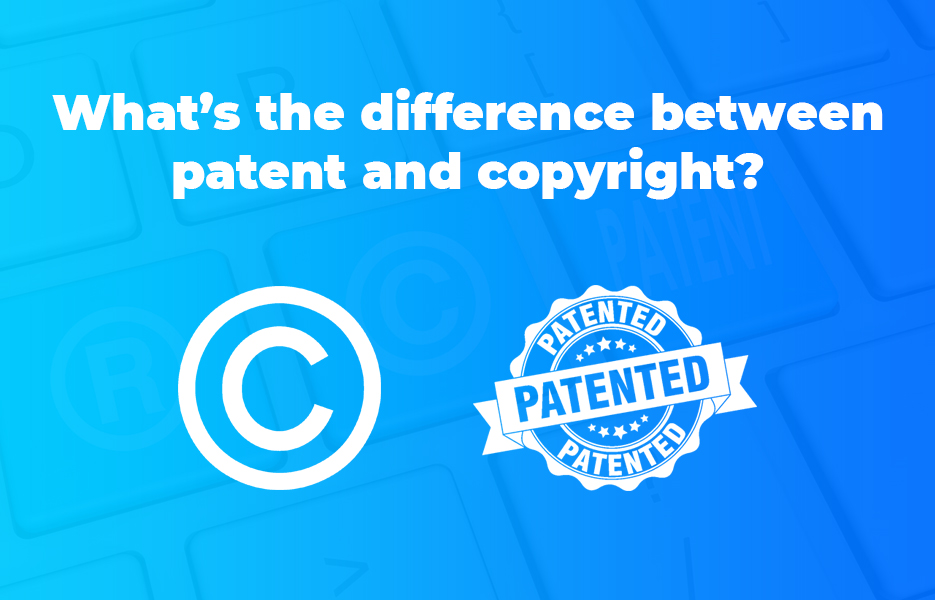
There are a few different types of intellectual property, which gives different rights for different types of design and invention.
Patents are legal protection for inventions.
Copyright protects original expression – that is, literary, dramatic, musical or artistic works.
Trademarks protects the goods or services of a company from other companies or individuals using them.
Registered designs allow businesses to protect the design and appearance of products.
Like most things in law, there are a lot of different requirements, and the processes can be expensive, so you need to check that you’re applying for the right thing before you get started.
Where can you file a request for a patent?
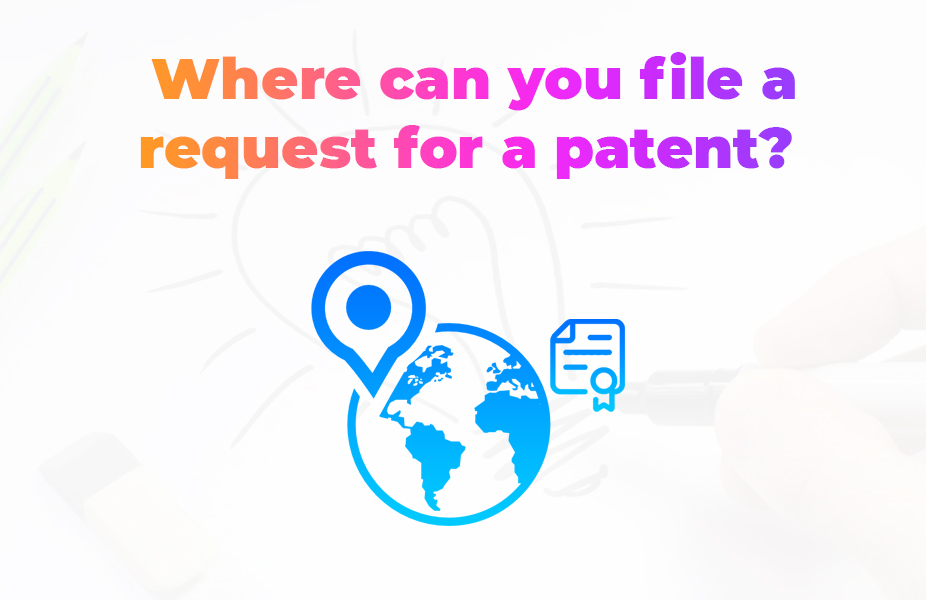
The Intellectual Property Office is the official government body responsible for granting Intellectual Property rights in the United Kingdom. Their remit includes all intellectual property, including patents, designs, trademarks and copyright.
If you’re overseas, there are different governing bodies that control applications for patents. In the US, the U.S. Patent and Trademark Office are responsible for the review and approval of patents, in Australia, IP Australia controls patents – every country has their own body, so be sure to register your patent correctly.
There is no way to patent your work absolutely worldwide, since there is no governing body that oversees patents internationally. However you can apply for patents in a number of countries at once by applying to the European Patent Office under the European Patent Convention (EPC), which provides inventors with the ability to apply for patents in the 38 European countries with just one application. The requested countries then consider whether to grant a patent or not.
To get a more international patent, you can apply in over 150 countries with the Patent Cooperation Treaty (PCT). Applying to the PCT is perhaps the closest to being able to apply for an international patent, since one application covers a number of countries, but any applications are split to proceed within each country separately. This allows you to apply for patents in multiple countries much more efficiently, but you still may need to apply for patents in other countries not covered by the PCT.
How do you file a request for a patent?
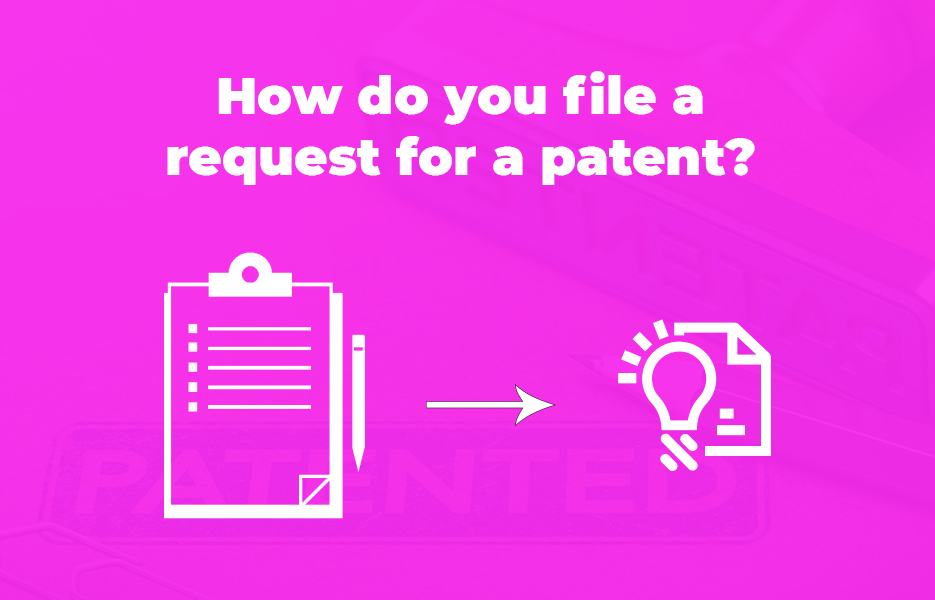
Again, the process is different from country to country. From here on out, we’ll only be referring to the process in the UK. In the UK, you can follow the guidance from the Intellectual Property Office here – but be prepared, it is not a quick or easy process.
Applications for UK patents must include your name and address, a request for a patent and a description of the invention – preferably with drawings. However, any aspect of the design or invention that is in the public domain before the filing date can, and will be shown to prove that your design isn’t new – and that includes any videos, talks, or documents that are published online. Confidentiality is key to your patent being approved – so don’t tell anyone until you’ve filed your application with the UK Intellectual Property Office.
You’ll need to include all the right information, and that can get complicated pretty quickly. You can work with a patent attorney to help you to file the correct paperwork, and to help do searches to ensure your patent is more likely to be accepted. Your patent specification has to be strong enough to withstand a legal attack, so although it may cost you in the short term, if your discovery is likely to earn you (or your company) significant amounts of money in the future, it is likely to be worth your while to work with a specialist, to ensure that you get a strong patent application.
What can be patented?
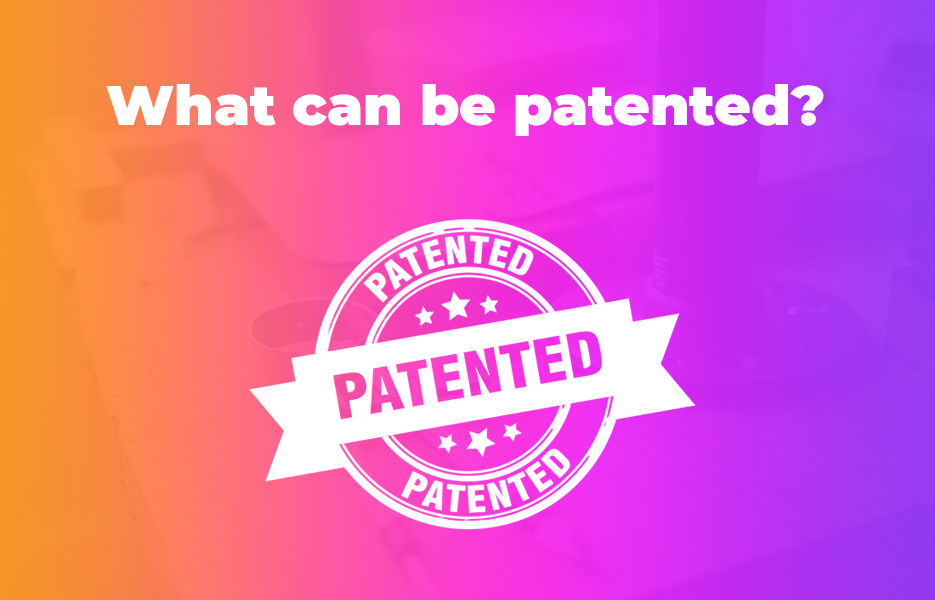
Your design or invention must be brand new. So, your invention must never have been made public in any capacity before you apply to the UK Intellectual Property Office. This means that your invention must not have been published by someone else, or by yourself, before you file your paperwork.
So if you want your patent to be approved, it is absolutely imperative that you DO NOT tell anyone about your invention, except in confidence, until your application is filed with the UK Intellectual Property Office.
Your design for patent must involve an inventive step. This means that the invention must not simply be an obvious development of something that is already available or known to the UK Intellectual Property Office.
It must be capable of being made or used in any kind of industry, including agriculture. Most inventions satisfy this requirement. An invention is typically an apparatus, a product, a manufacturing process etc.
Your invention must not fall into an excluded category, otherwise you’ll risk your patent application being rejected – which could end up being a costly mistake.
What is not patentable?
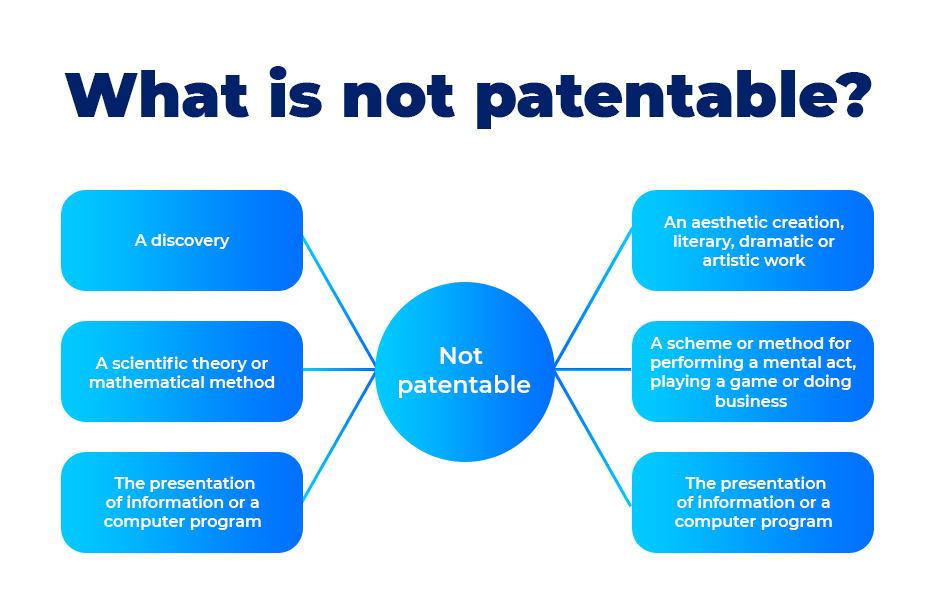
The British Library gives plenty of information about the use of patents, including what is not patentable in the UK.
- A discovery
- A scientific theory or mathematical method
- An aesthetic creation, literary, dramatic or artistic work
- A scheme or method for performing a mental act, playing a game or doing business
- The presentation of information or a computer program
- If the invention involves more than these abstract aspects, so that it has physical features (such as special apparatus to play a new game) then it may be patentable.
In addition, it is not possible to get a patent for plant variety, a method of treatment of the human or animal body by surgery or therapy or a method of diagnosis.
How much does it cost to apply for a patent?
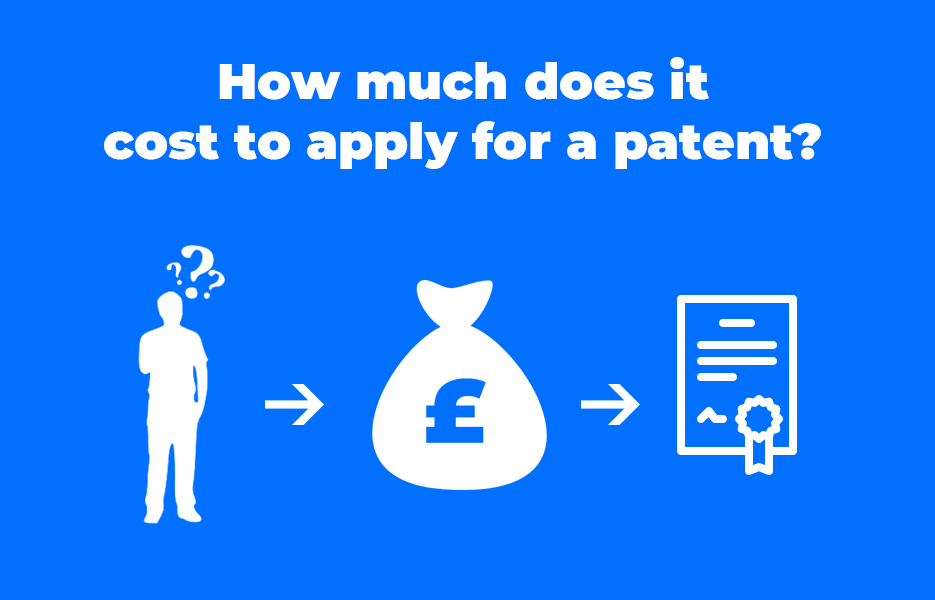
In the UK, fees for applying for a patent aren’t cheap. If you pay up front when you apply for your patent online, it costs £60, but increases to £75 if you pay online at a later time. Your search fees are £150, and for a substantive examination, it is £100, plus £10 for each page of description over 35 pages. If applying by post, the costs are around £30 more.
In addition, your patent will need renewing on the fourth anniversary of when you applied for it – and then every year before the anniversary of when you filed for the patent. You can continue to hold your patent for up to 20 years, but you will need to pay a renewal fee each year, starting at £70 in the fifth year and rising to £610 in the 20th year.
With this in mind, you’ll need to consider whether the cost of holding the patent is worth paying the charges required – especially if you need to work with a patent attorney in order to complete paperwork and so on.
What happens after you’ve applied?
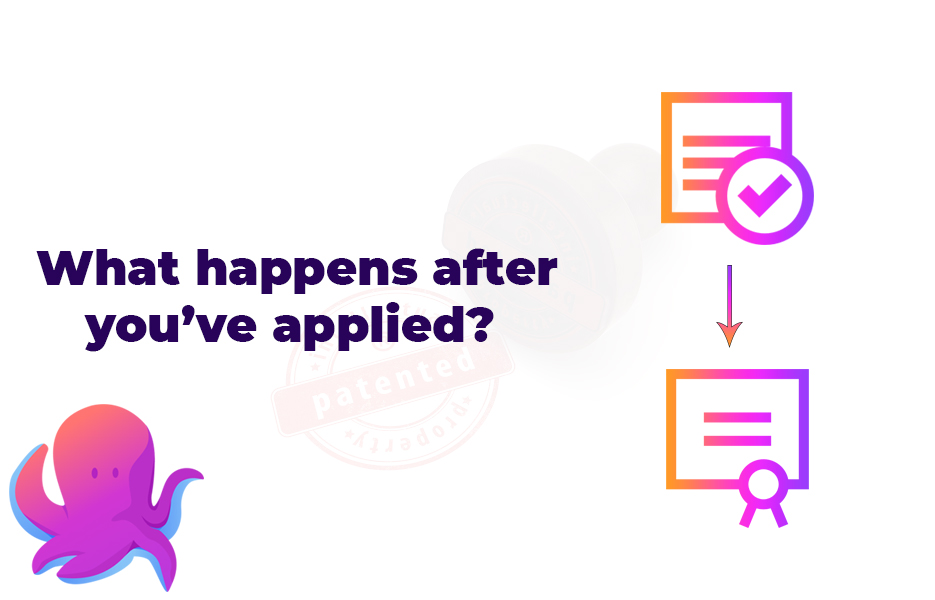
It’s a lengthy process! It can take up to four years before your patent is granted. Once you’ve applied though, you will receive your application number and filing date, and you’ll be given further information about what you need to do next and when. Crucially though, once you have your application number, you’ll be able to mark your invention as ‘Patent Pending’.
What rights does a patent give you?
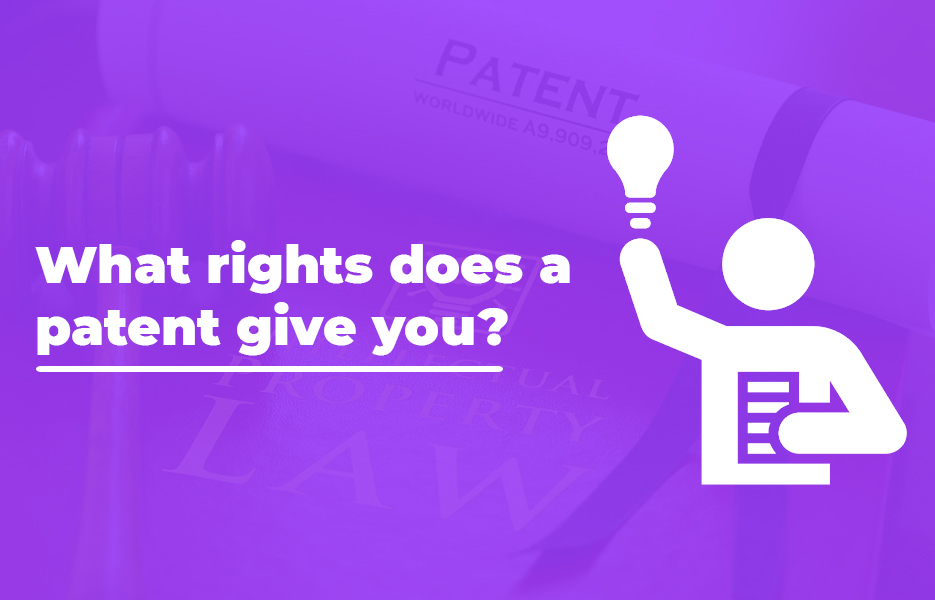
Your invention is free to be used by you, but if you don’t patent your invention, there is absolutely nothing to stop anyone else from copying your invention. If your invention has the potential to make you a lot of money commercially, or to help you make other items at a much lower cost and to therefore increase your profits, then you will want to consider getting a patent for your design.
It is important to note, however, that holding the patent for your design may not mean you automatically own the right to your invention. Other individuals may own the rights to parts of your design which may mean your use is restricted, or prevented entirely.
If an invention is made during the course of an employee’s work, then the rights belong to the employer, not the employee. It is possible to sell the rights of a patent to someone else.
When you’ve put a lot of hard work into designing a product, or inventing something, then you’ll naturally want to protect your work from anyone else profiting from it. A patent protects your design from being copied, or exploited by anyone else.
- There are different ways to protect your intellectual property, depending on what you have created
- Different laws apply in different countries. You may need to apply for a patent in more than one country
- You can apply to multiple countries using
- Applying for patents doesn’t come cheap. You’ll need to be prepared to pay for the process
- Patent paperwork can be complex. Working with a patent attorney is advisable
If you’ve been lucky enough to have the talent – or you’ve spent the time working on a design or invention, then well done – we applaud you! If you’ve created something that you’re intending to manufacture and sell, perhaps you’ll consider allowing Avasam sellers to do that on your behalf. If that’s the case, get in touch for a preliminary discussion!

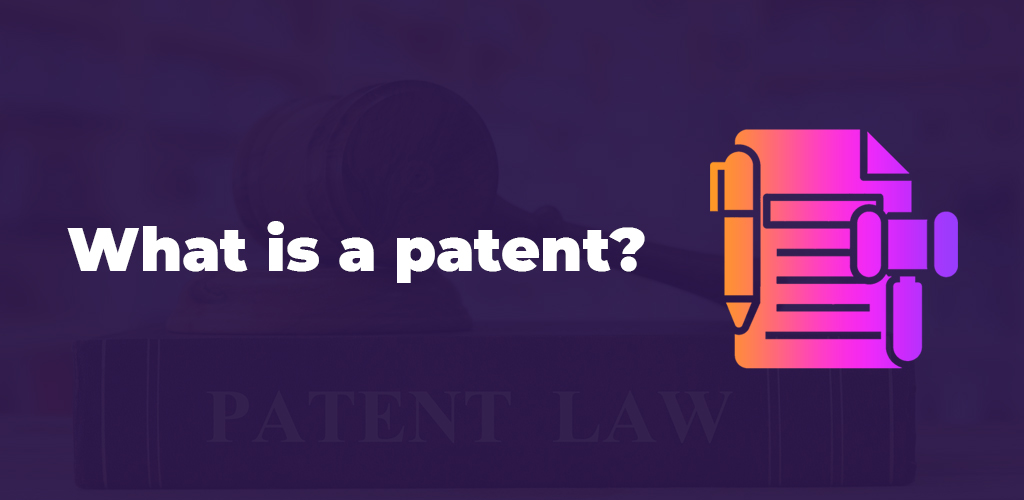


DropShip products from verified suppliers to diversify your inventory and scale your eCommerce business